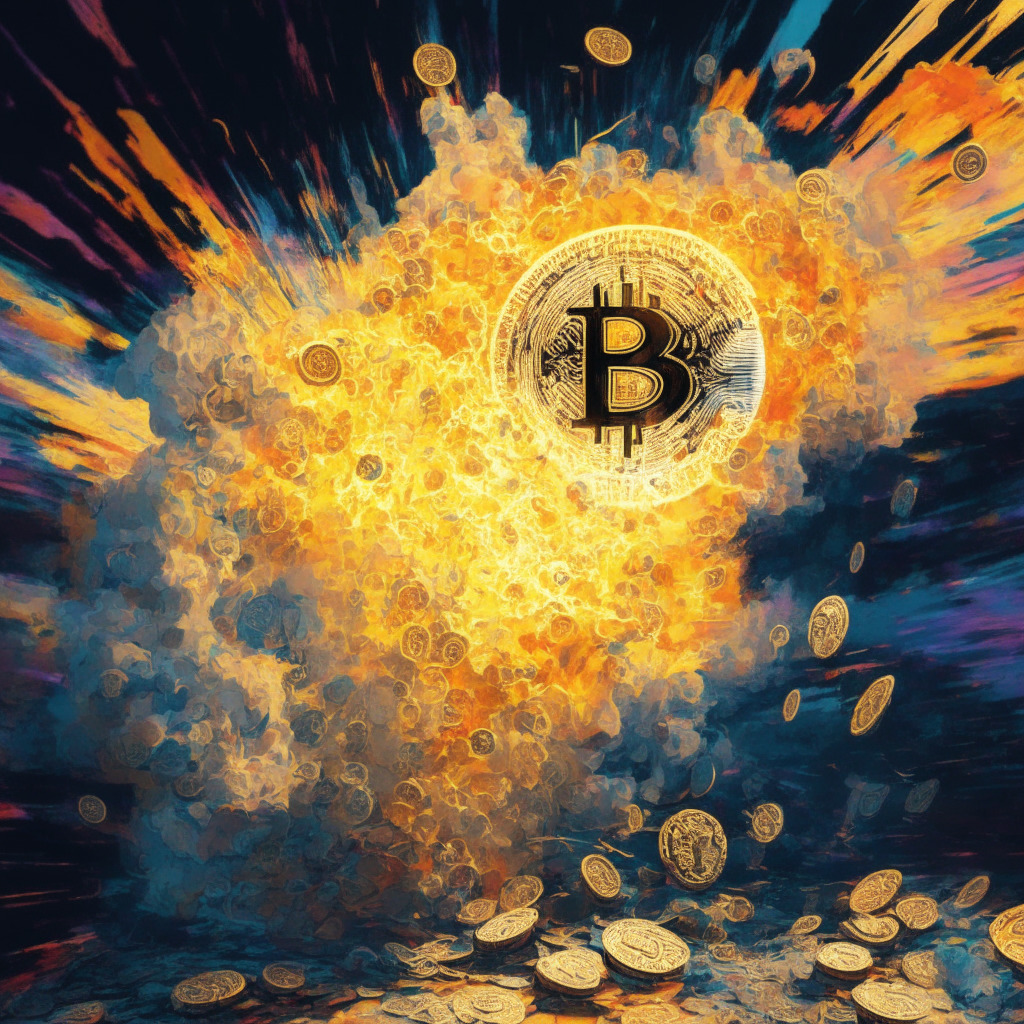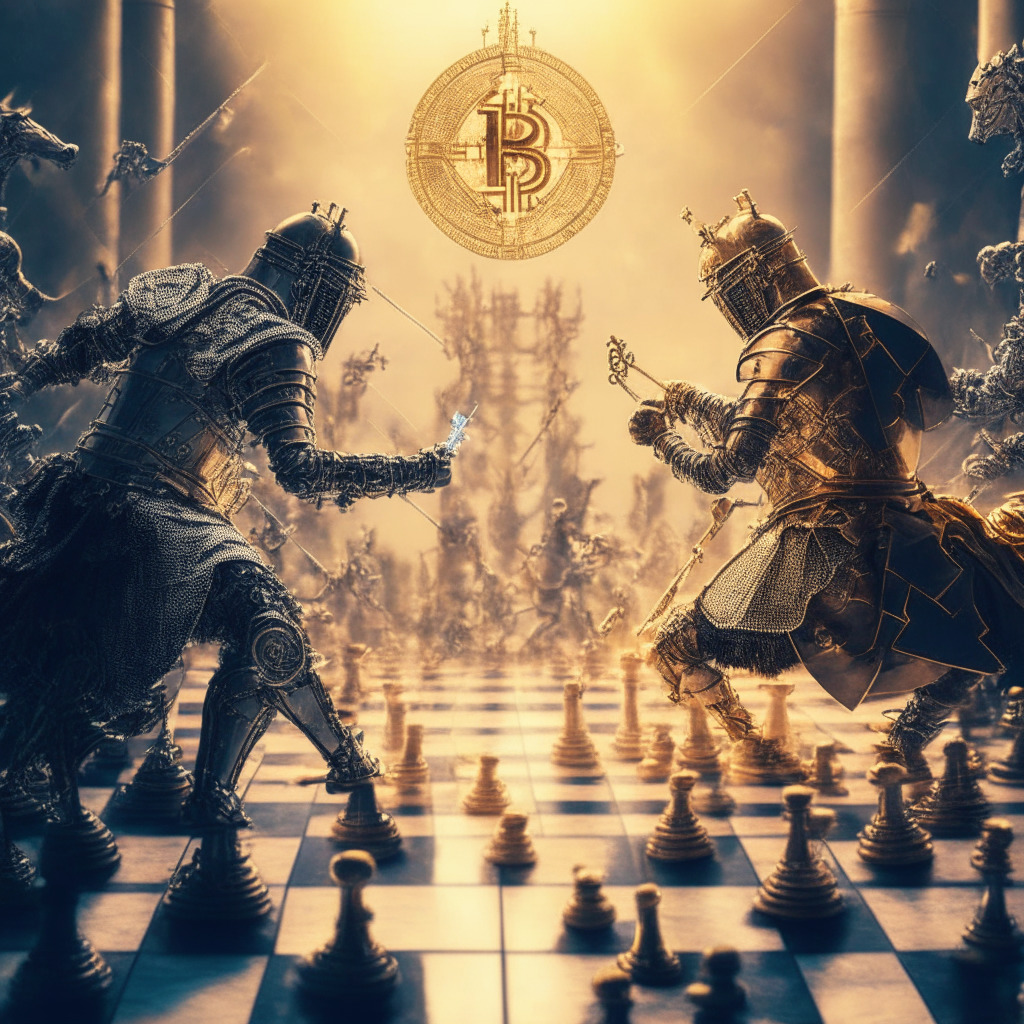The recent rise of Bitcoin-based non-fungible tokens (NFTs) has certainly caught the attention of the crypto community. According to the Web3 data platform CryptoSlam, Bitcoin NFTs have soared to second place in terms of NFT sales per blockchain, which is a noteworthy accomplishment given that these NFTs effectively didn’t exist until January 2023 when inscriptions were enabled on the Bitcoin mainnet.
Within the past thirty days, Bitcoin NFTs have generated approximately $167 million in revenue. While this figure is considerably lower than Ethereum’s near-$397 million, it is almost three times larger than the NFT sales recorded on the Solana network, which were about $57 million. The rapid ascent of Bitcoin NFTs in popularity is attributable to the Ordinals Protocol – a mechanism for inscribing satoshis, the smallest unit of bitcoin, with data such as a JPEG.
However, not everyone in the Bitcoin community has been receptive to these new developments. Critics argue that NFTs have no place on the Bitcoin network and may compromise its core principles. On the other side of the spectrum, NFT enthusiasts see this as an opportunity to expand Bitcoin’s utility, opening new pathways for adoption.
This ongoing debate was further fueled when NFT giant Yuga Labs released their Ordinals-based collection in February. The move generated significant buzz and attracted capital investments, further solidifying Bitcoin’s position in the NFT market. As the dust settles, it remains to be seen what the lasting impact of Bitcoin NFTs will be on the broader cryptocurrency ecosystem.
Currently, CryptoSlam reports that Bitcoin Frogs is the top Bitcoin-based NFT collection, bringing in $6.3 million in sales over the past week. The collection experienced an impressive surge last week, accumulating $2.3 million in sales on May 17. This development raises questions about the potential connection between the rise in Bitcoin NFT sales and the impact on Bitcoin’s price and market dynamics.
While some view the rise of Bitcoin NFTs as an indication of innovation and expansion, others worry about potential drawbacks. For example, could the additional utility of NFTs on the Bitcoin network lead to increased congestion? If so, this could result in higher transaction fees and longer processing times, factors that have previously been a point of contention for Bitcoin users.
Ultimately, the flourishing popularity of Bitcoin-based NFTs presents an interesting study in balancing innovation and security. As the adoption of these digital collectibles continues to grow, the crypto community will need to observe this new phenomenon closely to better understand its impact on the technology, markets, and the ever-evolving world of blockchain.
Source: Coindesk




